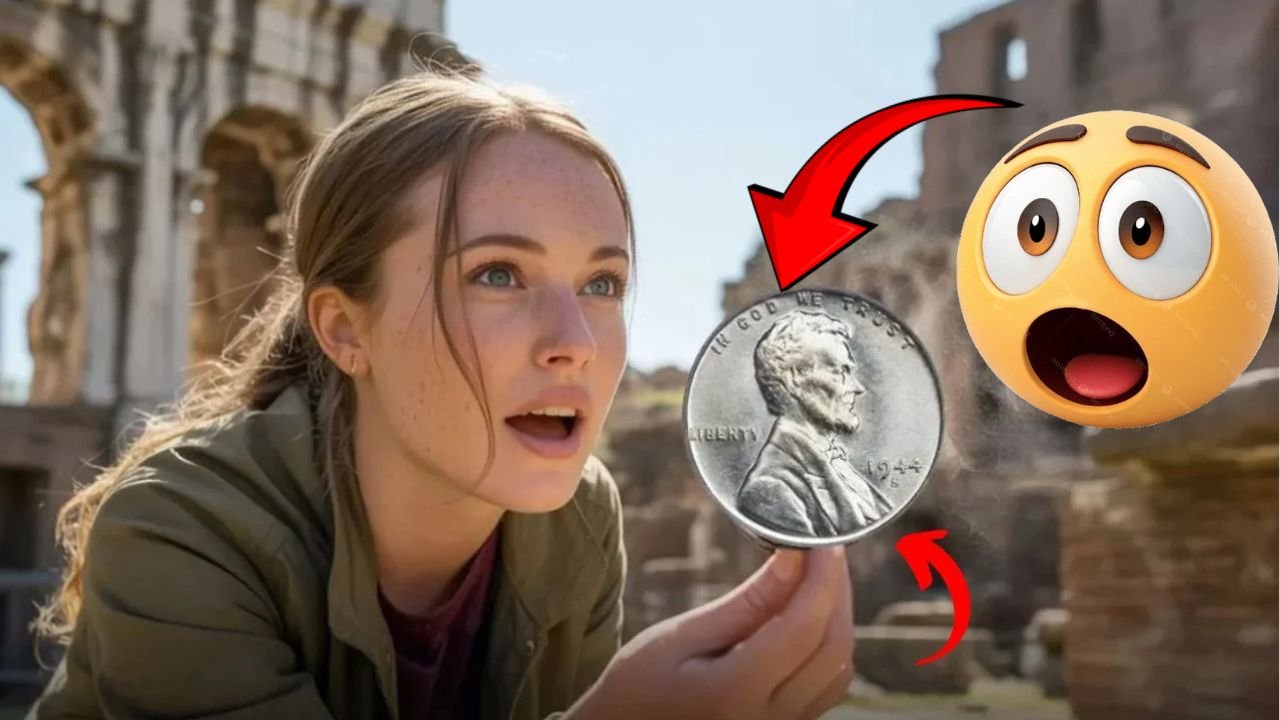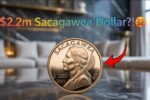Wheat Pennies by Year: Wheat pennies are old one-cent coins from the United States that were made between 1909 and 1958. They are called “wheat pennies” because the back side of the coin shows two stalks of wheat. These coins are special to collectors because they are no longer made and some of them can be worth much more than one cent today.
Why Collect Wheat Pennies?
People collect wheat pennies because of their history and value. Even though these coins were once common, finding certain rare ones today can be exciting and rewarding. Some collectors enjoy the thrill of searching through old jars or rolls of pennies. Others love learning about the different designs, mint marks, and years that make each coin unique.
The History Behind Wheat Pennies
Wheat pennies were first made in 1909 to celebrate the 100th birthday of Abraham Lincoln. That year, the U.S. Mint decided to put Lincoln’s face on the penny for the first time. The wheat design on the back stood for prosperity and growth in the country. These pennies were used for nearly 50 years before the design was changed to the Lincoln Memorial in 1959.
What Makes a Wheat Penny Valuable?
Not all wheat pennies are valuable, but certain ones can be worth a lot due to their rarity, age, condition, and mint mark. A mint mark is a small letter under the year that shows where the coin was made. Coins with mistakes, like double stamping or missing parts, can also be valuable. The older and rarer the penny, the more a collector might pay for it—especially if it’s in great condition.
How to Identify Rare Wheat Pennies
When you look at a wheat penny, check the year, mint mark, and how well it’s preserved. Some pennies look almost brand new even after decades, and these are especially prized by collectors. Others might be rare just because they were made in fewer numbers. For example, a 1909-S VDB is one of the rarest wheat pennies and can be worth thousands of dollars.
Where to Find Wheat Pennies
You can still find wheat pennies if you know where to look. Some people find them in old piggy banks, inherited coin collections, or even in spare change. Coin shops, flea markets, and online auctions are also great places to search. Sometimes banks will let you buy rolls of pennies, and collectors go through them to see if they contain any hidden treasures.
Taking Care of Your Collection
If you collect wheat pennies, it’s important to store them properly. Coins should be kept in a cool, dry place to prevent rust or damage. Many collectors use coin albums or holders that keep each penny safe and separate. Cleaning old coins is usually not recommended because it can lower their value. Keeping them in their original condition is the best way to preserve their worth.
Table of Notable Wheat Pennies by Year
Here’s a small table showing some popular and valuable wheat pennies collectors often look for:
| Year | Mint Mark | Description | Estimated Value (Good Condition) |
|---|---|---|---|
| 1909 | S VDB | First year, rare initials | $700 – $2,000+ |
| 1914 | D | Low mintage, highly sought | $200 – $3,000+ |
| 1922 | No D | Mint error, rare | $500 – $1,500+ |
| 1943 | Copper | Mistake, not steel | $100,000+ |
| 1955 | Doubled Die | Visible lettering error | $1,000 – $10,000+ |
Note: Values depend on coin condition and market trends.
FAQs About Wheat Pennies
What is the rarest wheat penny?
The 1943 copper penny is one of the rarest. Most 1943 pennies were made of steel, so a copper version is extremely rare and valuable.
Are wheat pennies still legal to use?
Yes, wheat pennies are still legal tender in the U.S., but most people don’t spend them because they’re worth more to collectors.
How can I tell if my wheat penny is valuable?
Check the year, mint mark, and condition. Rare dates like 1909-S VDB or 1914-D can be worth a lot, especially in good shape.
Should I clean my wheat pennies?
No. Cleaning coins can lower their value. It’s best to leave them in their original condition.




